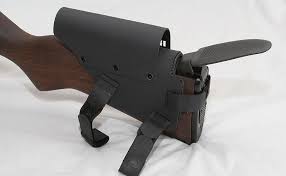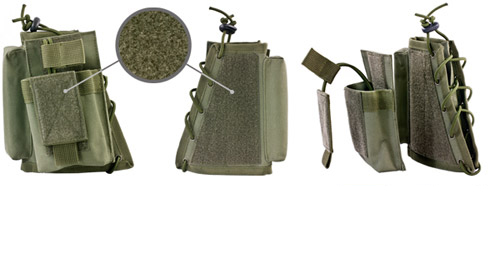First of all, what are you going to use the rifle for?
Hunting or Target shooting?
If for hunting, where are you going to hunt? If in a warm climate where you will be wearing light clothing a certain length of pull may be desired. If hunting in cold climates where a bulky parka might be worn, another length of pull might be desirable. Are you going to be shooting standing up or from the prone position? A different LOP might be desirable for each position. Remember that when hunting, you will be taking just a few shots and raising your cheek to sight in with your scope is not that big a deal when you are just taking a few shots. Most people get by with the stock that came with the gun. If you are hunting, I would suggest that you keep you iron sights. Scopes can fail or mounts can fail (one reason why people spend so much on glass and quality mounts). It is not common but it has happened. It can be a real pain if you have to scrub a hunt or flub a shot because you have nothing to back up your scope when you are in the middle of Africa or in the South American jungle. You are rather unique, unlike a lot of Indians, in that you can access many exotic hunting locations almost at will, so you have additional consideration that other people would not.
If for target shooting, will you be doing three position or benchrest? To be absolutely comfortable in the different disciplines, people generally choose different stock profiles. During a target shoot or in competition, one would shoot a large number of rounds and fatigue of your neck and shoulder muscles gets to be a problem after a little while especially with an improperly configured stock. It can get really uncomfortable during a match if your stock doesn't fit correctly and it can affect the results of the match.
In most cases, when hunting, I can shoot a scoped rifle with no problem even with a stock set up for iron sights. Since I will not be taking many shots, I can extend my neck and tilt my head back to raise my sight plane and make the shot. Granted this messes up a good cheek weld but it can be done relatively easily.
During extended shooting sessions, especially when prone,this can get old in a real hurry. Some kind of adjustable cheek rest is a must at a time like this. As Mack stated above, many people use adjustable cheek rests like the one shown below. These have the advantage of being removable for when they are not needed.



I have used similar cheek rests and they are fine if you are not running around in the field too much. It can take a bit to get the height setup correctly but once they are set up for a particular rifle and shooting situation, they work fine. Obviously the best bet would be to get a stock that is fully adjustable for LOP and has an adjustable cheek piece but they can add a lot of weight to the gun and are not really practical in the field. As Tim stated above, the type of scope you use can make a difference too. Choosing a scope will depend on how the rifle will be used. Will a smaller objective fixed magnification scope work fine or do you want one with adjustable magnification too. The length of the scope and the size of the objective and eye piece will make a difference as far as eye (and therefore head) placement are concerned.
So I would suggest thinking of the possible uses that the rifle would be put to before deciding on your stock configuration. Since it is not going to be possible for you to have a dedicated rifle for each shooting discipline, consider how you plan on using the gun first before deciding on LOP, comb height, heel and toe configuration, etc.


